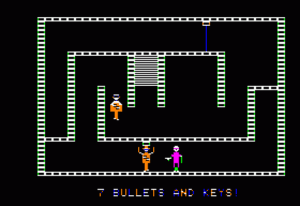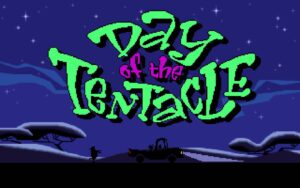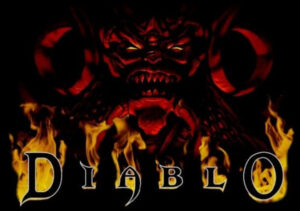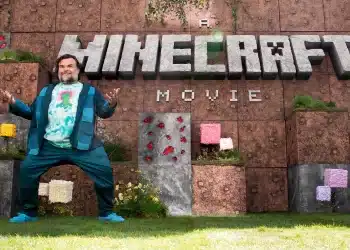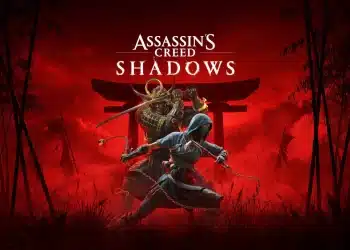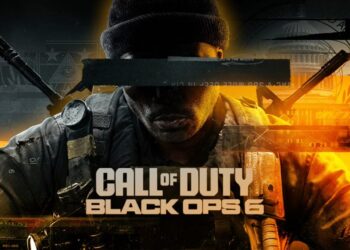By: Lennox
Ever since video games first hit the scene graphics and visuals have always been a prime focus. From the humble beginnings of vector graphics to the advanced 3D graphics that dominate the video game world today it’s no mystery that the look of a video game is of the upmost importance; but what about the sounds? In particular the words of video games and those bits of dialog that grace our ears. We all know that in today’s era video games are on a grander scale and have the production value of big budget Hollywood movies; incorporating/hiring professional voice actors for their complex storylines.
Of course that wasn’t always the case; Initially, limited technology restricted voice acting to simple phrases or synthesised voices and this is the era I’d like to focus on. The era known as the retro era roughly 1980 – 2000. At the beginning of the 80s arcade games were among the first to use and experiment with speech synthesis. Arcade games Stratovox and Berzerk in 1980 being the most notable. Short audio clips began to be used by the following year. Castle Wolfenstein (released on the Apple II) for instance was one of the first to use proper voice acting for characters in video games through short, limited audio clips. This technology was used throughout the 80s and eventually progressed and improved significantly by the time the 90s rolled around.
Technology took another leap in the 90s with the introduction of CD-ROM which dominated the decade. The higher-capacity storage that came along with this new tech allowed for longer and far richer audio clips. Games at this point began utilizing professional voice actors to create more realistic and nuanced character portrayals. The use of voice acting proved to be instrumental in bringing characters to life as well as adding depth to narratives with the games. Games such as Day of the Tentacle (1993), System Shock (1994) and Diablo (1996) were just 3 of many that featured fully voiced characters, marking a significant step forward.
As an added note Final Fantasy VII (1997), Fallout (1997) and The Legend of Zelda: Ocarina of Time (1998) are often cited as examples of titles that elevated the quality and prominence of voice acting in gaming, making it more immersive and engaging for players. Ever since then the industry has never looked back and the voices of video games have continued to be a vital piece of the gaming experience.
In conclusion, the Retro era was one that saw many leaps and bounds when it came to the use of speech and voice. In just 20 years the use of voice acting evolved significantly from the early text-based interactions that started it all, the speech synthesis that came after to the full-on use of voice acting. That my friends is what I call leaps and bounds. Game on!


 NFL
NFL